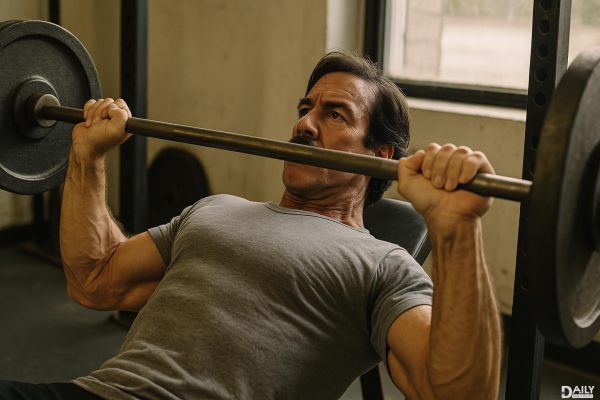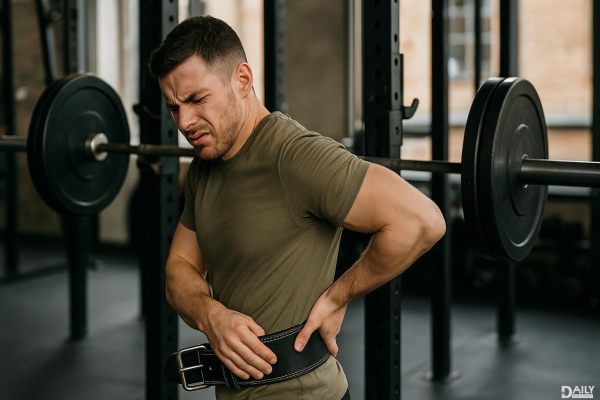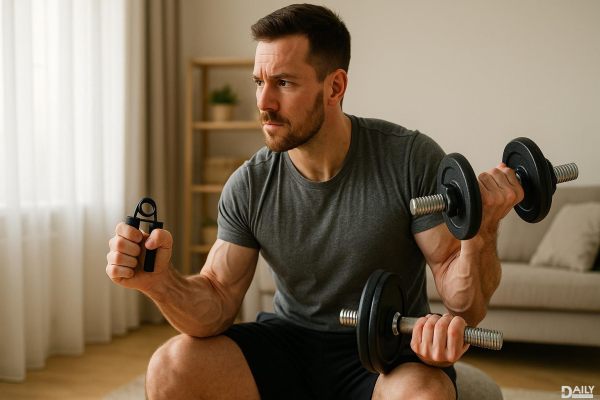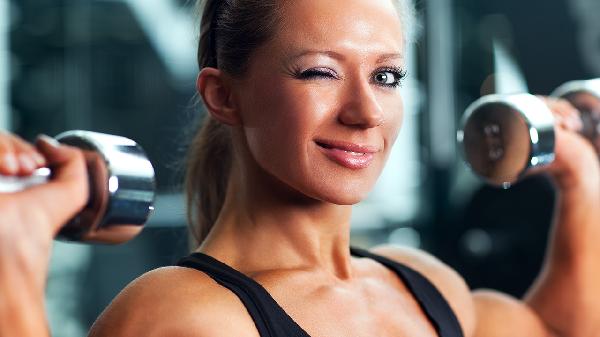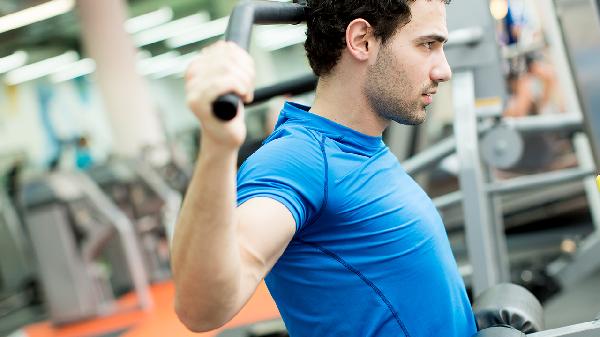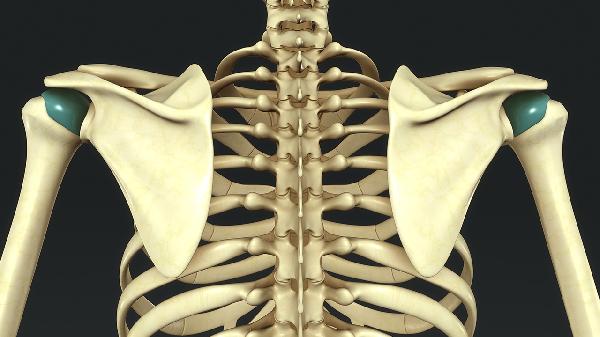When it comes to the leg press, the best back angle to maximize gains and avoid injury is typically between 45 to 90 degrees. This range allows you to effectively target your leg muscles while minimizing strain on your lower back. However, the exact angle can vary depending on your body mechanics, flexibility, and fitness goals. Let’s dive into the nitty-gritty of how to find your sweet spot and make the most out of your leg press workouts.
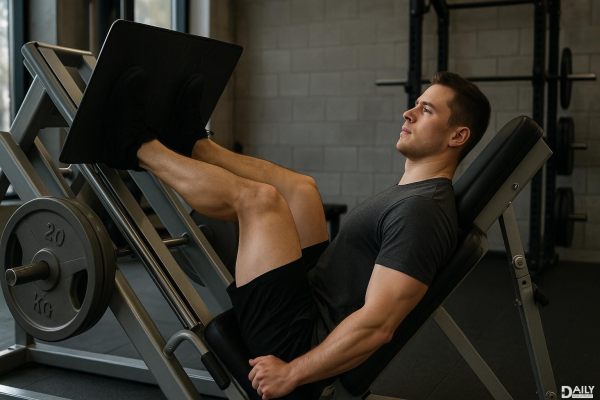
The back angle on a leg press machine isn’t just about comfort—it’s a critical factor that influences muscle engagement and joint safety. A steeper angle (closer to 90 degrees) shifts more of the workload to your quads, while a shallower angle (closer to 45 degrees) engages your glutes and hamstrings more. But here’s the kicker: if your back angle is too steep or too shallow, you risk putting unnecessary stress on your lower back, hips, or knees. Finding the right balance is key to reaping the benefits without sidelining yourself with an injury.
The 45-degree leg press is a popular choice for a reason. It strikes a solid balance between targeting your lower body muscles and keeping your spine in a neutral position. At this angle, your quads, glutes, and hamstrings all get a piece of the action, making it a versatile option for building strength and size. Plus, the 45-degree angle reduces the shear force on your lower back compared to a steeper setup, which can be a lifesaver if you’ve got a history of back issues.
If you’re all about quad development, the 90-degree leg press might be your jam. This angle places your body in a more upright position, which shifts the focus squarely onto your quads. It’s a great way to isolate those front thigh muscles and push them to their limits. But here’s the catch: the 90-degree angle can increase the load on your knees and lower back, especially if you’re lifting heavy. If you’re going this route, make sure your form is on point and consider using lighter weights to avoid unnecessary strain.
So, how do you figure out the best back angle for you? Start by experimenting with different angles during your warm-up sets. Pay attention to how your body feels—do you feel a strong contraction in your legs without any discomfort in your back or knees? That’s a good sign. Another pro tip: adjust the seat position to ensure your lower back stays firmly against the pad throughout the movement. If you’re still unsure, don’t hesitate to ask a trainer for guidance. They can help you dial in the right setup for your body type and goals.
Even with the perfect back angle, you can still mess up your leg press if you’re not careful. One of the biggest no-nos is rounding your lower back, which can happen if you’re lifting too heavy or not maintaining proper form. Another common mistake is locking out your knees at the top of the movement, which can put unnecessary stress on your joints. Instead, keep a slight bend in your knees and focus on controlled, smooth reps. And don’t forget to breathe—holding your breath can increase intra-abdominal pressure and make it harder to maintain good form.
The leg press is a killer exercise, but it shouldn’t be the only move in your leg day arsenal. Pair it with squats, lunges, and deadlifts to create a well-rounded lower body workout. If you’re using the leg press as your main lift, aim for 3-4 sets of 8-12 reps with a weight that challenges you but still allows for good form. And remember, progression is key—gradually increase the weight or reps over time to keep making gains.
Finding the best back angle for the leg press is all about balancing muscle engagement with safety. Whether you’re rocking a 45-degree setup or going full 90, the key is to listen to your body and prioritize proper form. With the right approach, you’ll be crushing leg day and building those wheels without a hitch.
